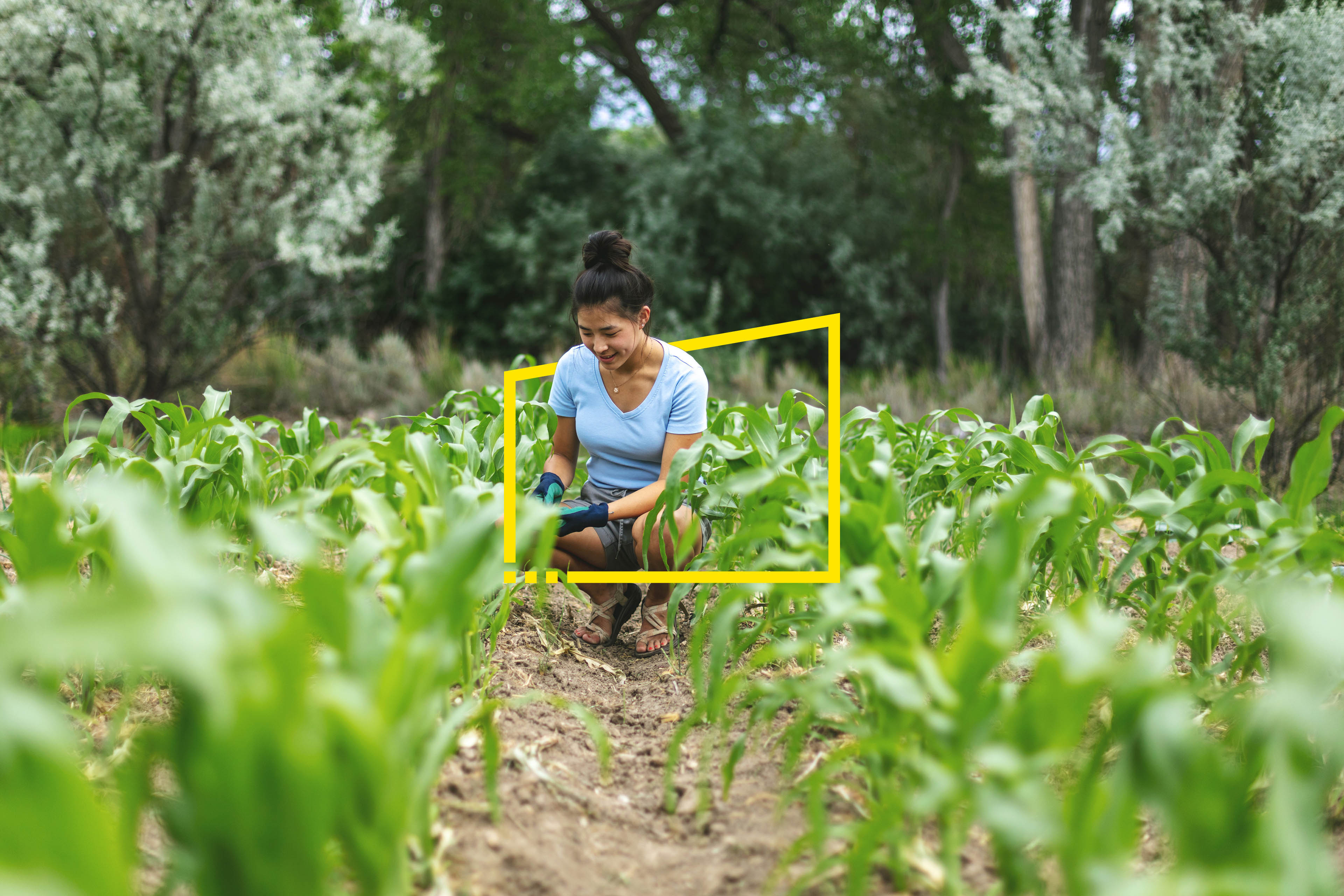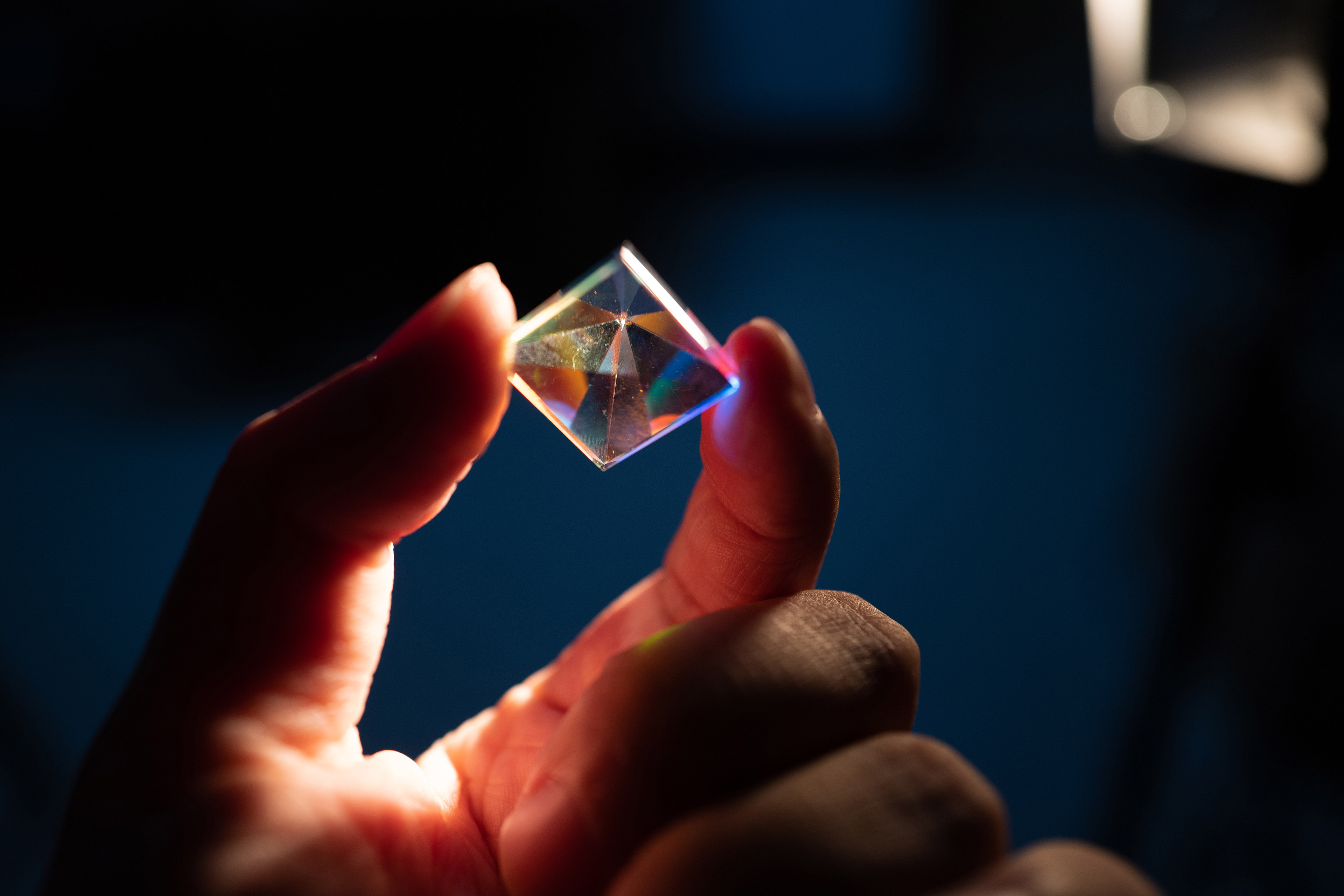EY refers to the global organization, and may refer to one or more, of the member firms of Ernst & Young Global Limited, each of which is a separate legal entity. Ernst & Young Global Limited, a UK company limited by guarantee, does not provide services to clients.
How EY can help
-
The EY Ripples program includes a focus on new behaviors, technologies and business models that protect and restore the environment. Learn more.
Read more
The future of citizen science will become even more exciting when paired with the transformative potential of artificial intelligence (AI) to decipher scientific data from images. Through machine learning (ML) algorithms and computer vision techniques, AI promises to revolutionize the way we collect, process, and interpret data gleaned from images.
One of the most compelling aspects of AI in the context of citizen science is its capacity to augment human efforts. The sheer volume and complexity of visual data can be overwhelming. AI steps in as a potent ally, automating the arduous task of data analysis. By swiftly and accurately identifying patterns, anomalies and species in images, AI will liberate human citizen scientists to engage in more intricate, intellectually dependent classification processes.
Citizen science allows us to share important scientific processes — such as classifying whale photos — that require human judgement. While we leverage AI image recognition to identify individual whales, the human element gives us the nuanced, qualitative data we need as well as providing training material for future ML development,” says Ted Cheeseman, leading researcher of Snapshots at Sea, emphasizing the relationship between technology and human involvement.
Echoing this sentiment, most scientists are in consensus that the combination of ML and AI with human-driven citizen science will not diminish the role of human participants but rather enhance it.
In Zooniverse's Snapshots at Sea program, you can help identify individual humpback whales by quality scoring and tagging distinctive features, like killer whale and ship strike scars in photographs. Join the global movement of citizen scientists and make a difference today!








